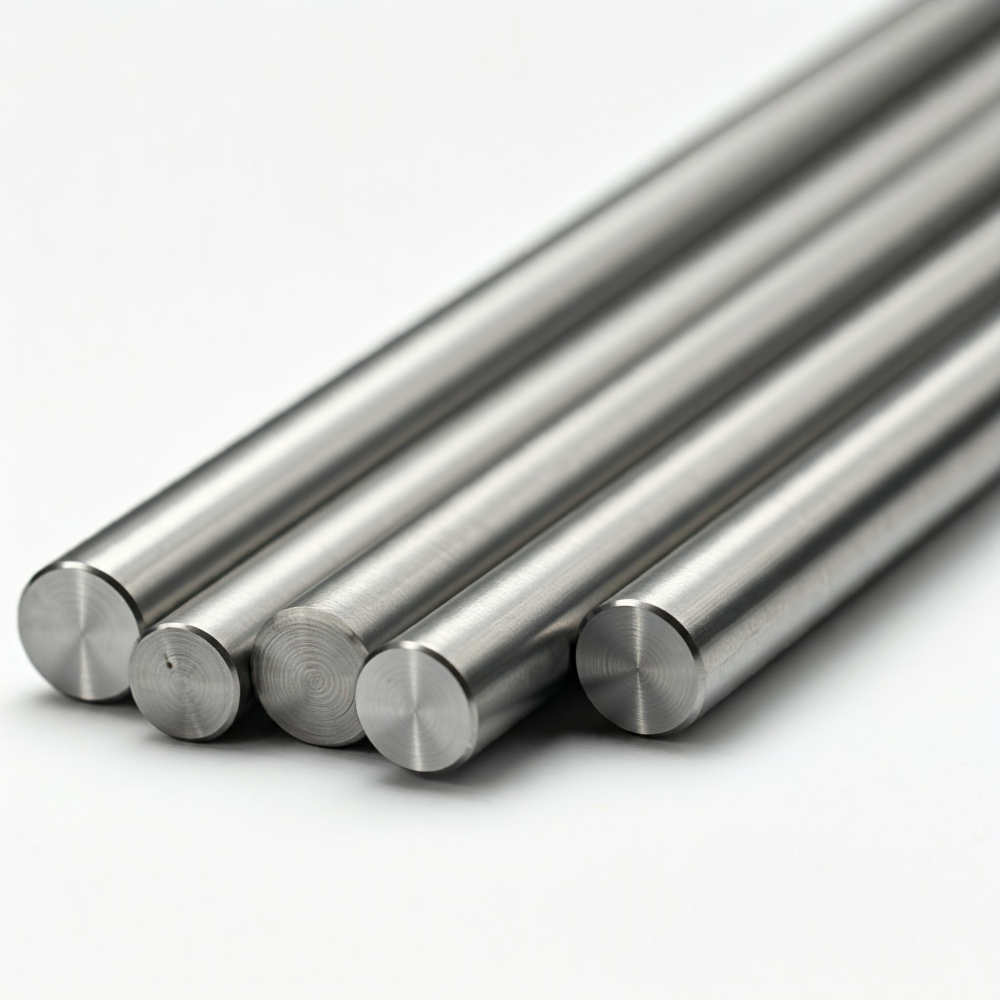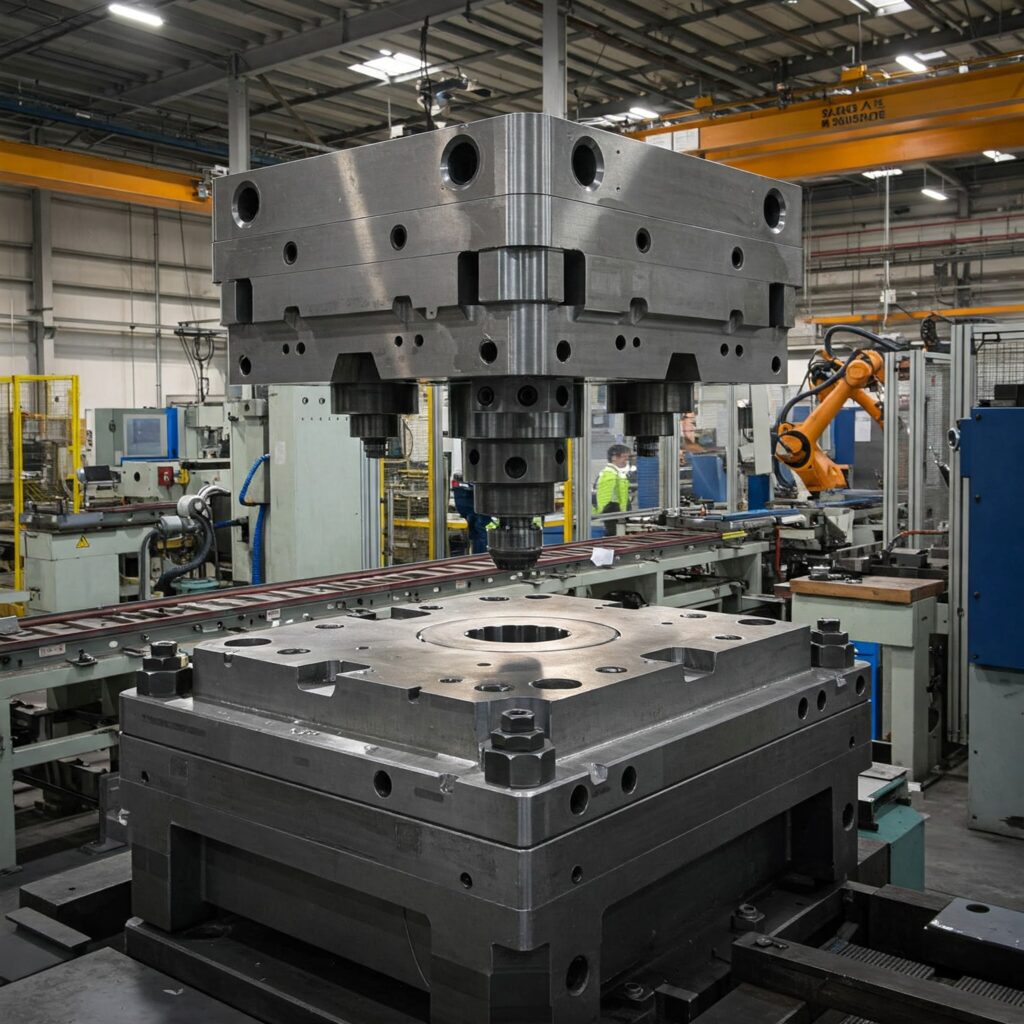Alright, let’s talk about getting you the right Tool Steel for Cutting Edge Performance in your factory. As you know, selecting the right material is crucial for tool life, cutting speeds, and the quality of your finished parts.
When we talk about the cutting edge, there are a few key characteristics we need to consider in our steel selection:
- Hardness: This is essential for resisting wear and deformation. Hardness means wear resistance. For tools made of high-speed steel, we usually target hardening somewhere between 63 HRC and 68 HRC or higher following heat treatment. This high hardness can be achieved with powder metallurgy (P/M) high-speed steels.
- Wear Resistance refers to how well the steel can withstand corrosion, adhesion, and other wear processes encountered during its machining process. Factors responsible for wear resistance are matrix hardness, the existence of hard carbides (i.e., MC and M2C), and the volume and nature of these carbides. The high carbon and vanadium content in the steel results in a higher content of these hard carbides, resulting in improved wear resistance.
- Hot Hardness (Red Hardness): This refers to the steel’s ability to keep its hardness at the high temperatures occurring when performing high-speed cutting. High-speed steels were designed for this, so you can machine the materials with higher cutting speeds. Things like tungsten, molybdenum, vanadium, and cobalt are very significant contributors to hot hardness.
- Toughness: In as much as high hardness and wear resistance are paramount, the cutting edge must also resist chipping and breaking, especially in interrupted cuts or when encountering hard spots in the workpiece. Toughness is a combination of the ability to deform before breaking (ductility) and the ability to resist permanent deformation (elastic strength). Although increased hardness may lower toughness, an appropriate balance is necessary for tools.
Considering these factors, high-speed tool steels (HSS) are often the go-to material for many cutting applications due to their excellent balance of hardness, wear resistance, hot hardness, and a degree of toughness. We have two main groups of HSS:
- Tungsten-based (T-series): These steels are known for their superior wear resistance and hot hardness. Grades such as T15, with their higher vanadium and occasional cobalt levels, are classified as higher-order grades. This steel is tailored for very severe service requiring exceptional hot hardness and wear resistance combined with strong toughness. Vanadium and cobalt-t-series steels (T4, T5, T8) are also suited for cutting hard, scaly, or gritty material and can also endure hogging cuts.
- Molybdenum-based (M-series): These steels are also widely used, often offer a good balance of properties, and can be cheaper than some T-series grades. M2 is known for its strength and toughness, and it is suitable for a wide range of materials. For improved wear resistance compared to standard grades, M4 is a good option. But it might sacrifice some toughness. M42 can be heat-treated to a very high hardness (around 68 HRC). It provides excellent edge retention for specialized tools and allows for increased cutting speeds on harder materials.
For demanding applications or difficult-to-machine materials, you might also consider:
- P/M High-Speed Steels: The powder metallurgy process produces a finer, more uniform microstructure with better carbide distribution. Compared to conventionally produced HSS, it has better toughness, grindability, dimensional control during heat treatment, and cutting performance under difficult conditions. These can also allow higher alloy contents, like in CPM Rex 76 and ASP 60. For example, ASP 23 (a P/M steel) shows significantly less microchipping on the cutting edge than conventional M2 under the same conditions. That means ASP 23 has better toughness and wear resistance.
- Carbides: These materials (like tungsten carbide) offer very high hardness and wear resistance, often exceeding that of HSS. They are particularly good for maintaining high cutting speeds and feeds, especially on hard materials. However, they are more brittle than HSS. These materials are used as inserts in tool holders.
- Cermets are composite materials combining ceramics and metals, offering a good balance of wear resistance and toughness. Due to their resistance to diffusion and oxidation, these materials often perform well at higher cutting speeds.
Heat treatment is absolutely critical for achieving the desired properties in tool steels. It involves hardening (often by quenching in oil, air, or water, depending on the grade) and then tempering to achieve the right balance of hardness and toughness.
Finally, surface treatments can further enhance your tools’ cutting-edge performance. Coatings like titanium nitride (TiN), applied through vapor deposition processes, can significantly increase tool life by improving wear resistance and reducing friction. Black oxide and nitride finishes are also available, with bright finishes sometimes preferred for machining nonferrous materials to resist galling.
To best advise on the specific steel grade for your factory, I’d need a bit more information about the types of materials you’re machining, the cutting speeds and feeds you’re using, and the types of tools where you’re experiencing issues with cutting edge performance (e.g., drills, milling cutters, turning tools). However, this overview should give you a good starting point for understanding the relationship between tool steel properties and cutting edge performance. Don’t hesitate to provide more details so we can narrow down the optimal solution for your needs.
Your Trusted Tool Steel Supplier – Factory Direct Pricing!
- ✅ Wide Range of Grades – D2, D3, H13, O1, A2 & more in stock.
- ✅ Competitive Prices – Direct from manufacturer, no middlemen.
- ✅ Fast Global Shipping – Reliable delivery to your location.
- ✅ Expert Technical Support – Free consultation to find the best steel for your needs.
- ✅ Bulk Order Discounts – Special pricing for large-volume buyers.
📩 Get a Free Quote Today! Fast response within 24 hours.
[contact-form-7 id=”9a51bd1″ title=”contact”]


